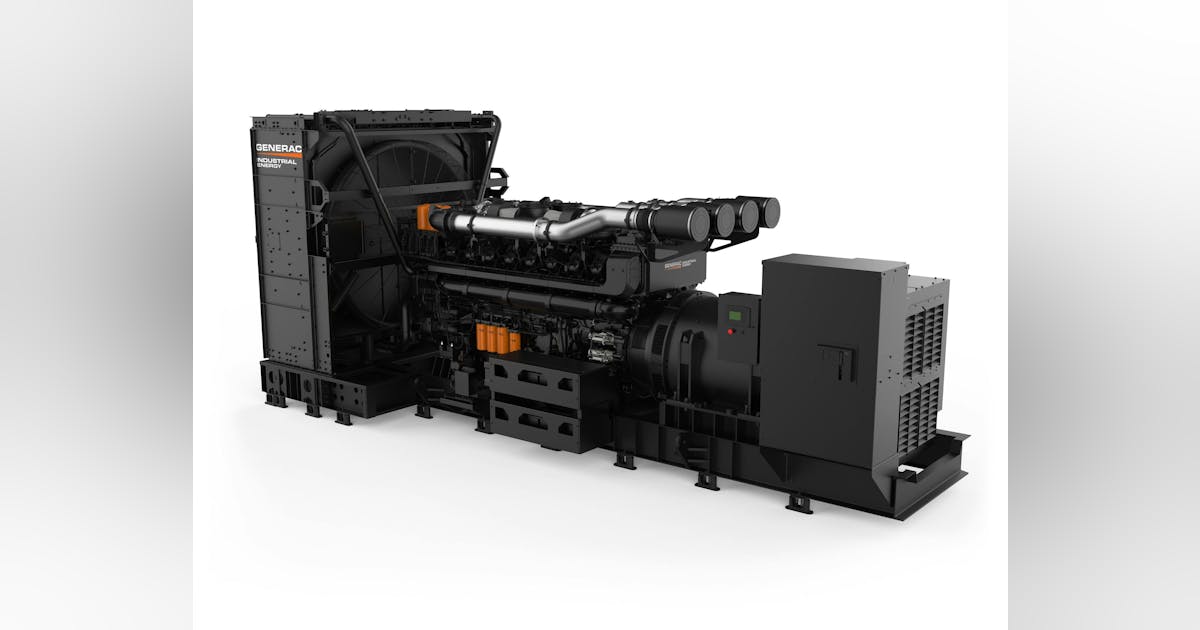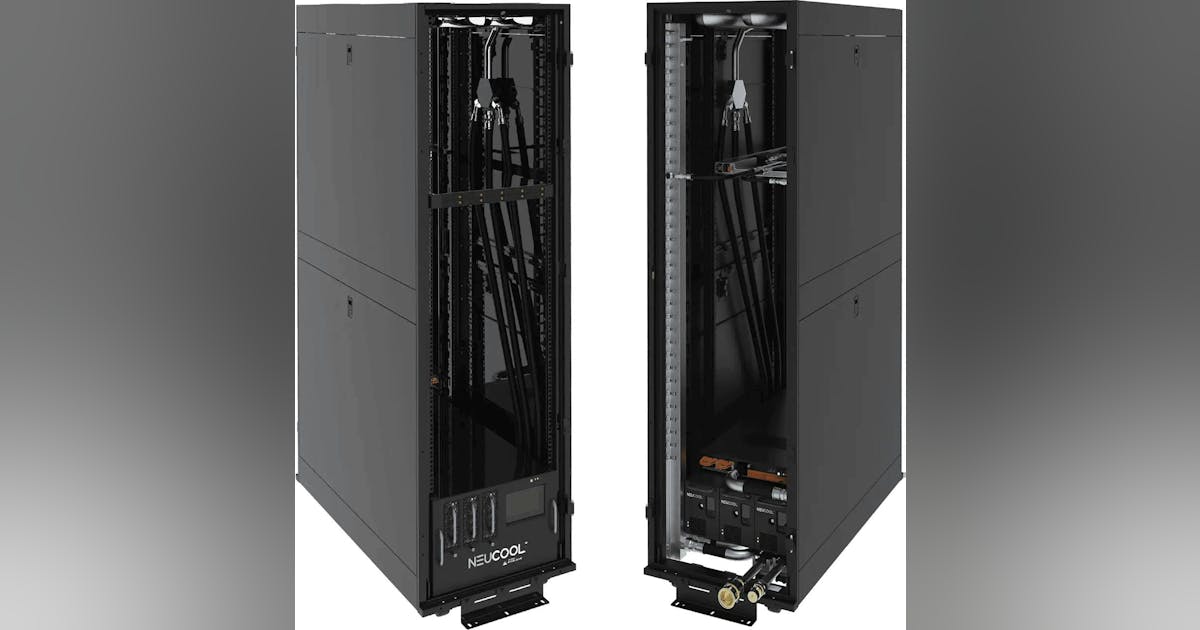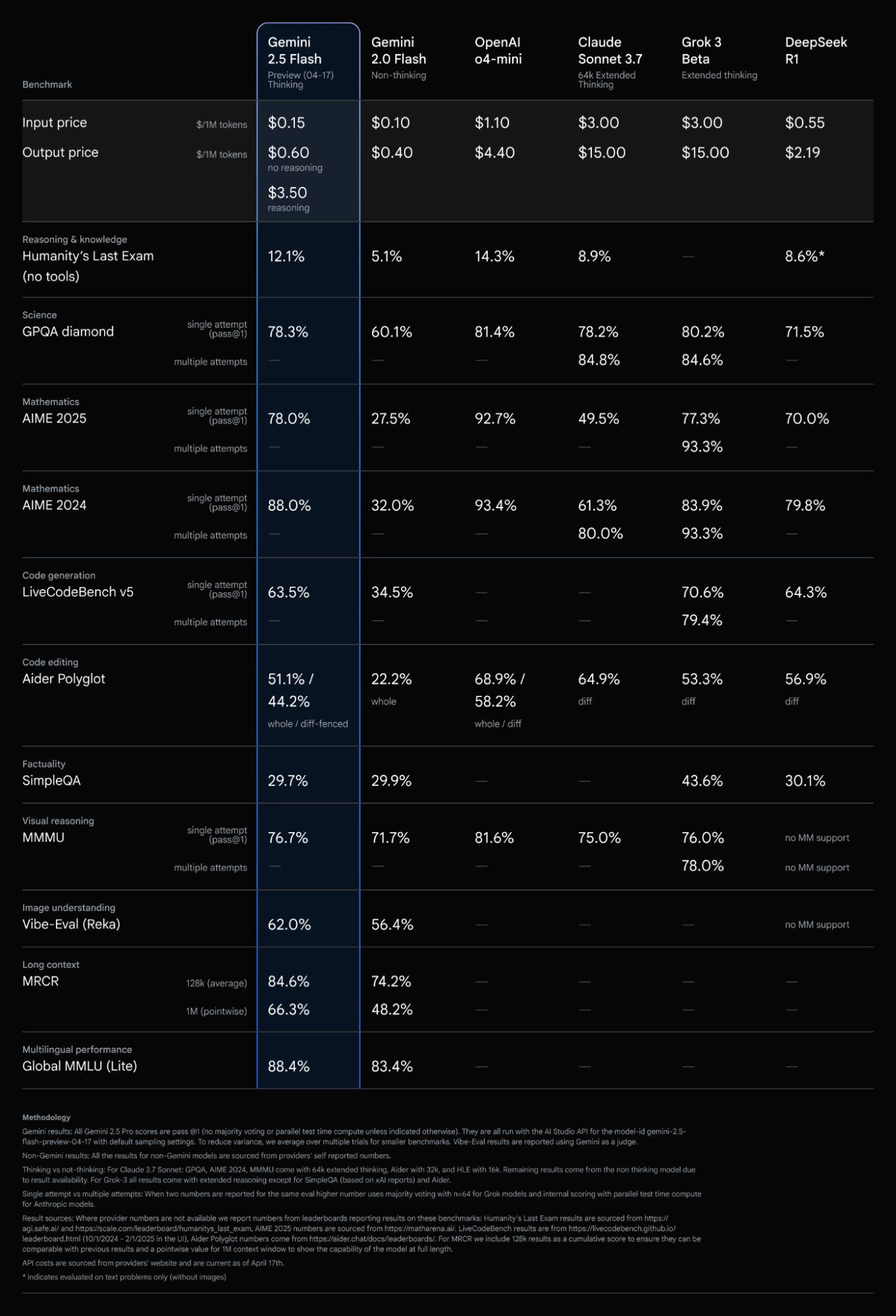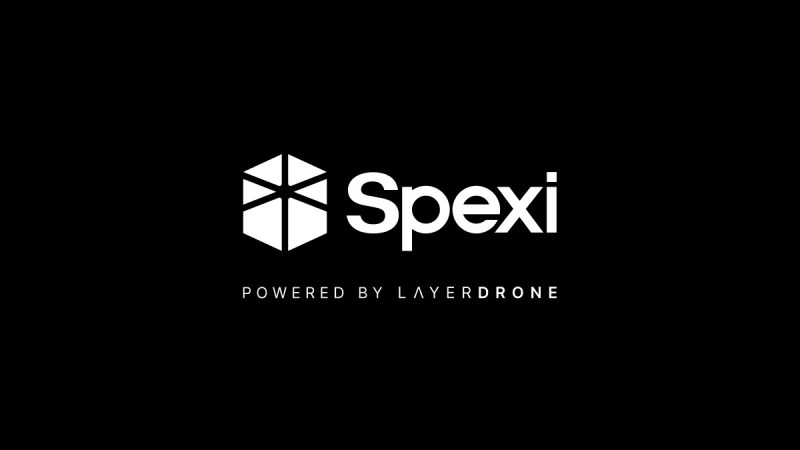
Corio Generation’s parent company, Macquarie, is struggling to find a buyer amid global market turbulence, sources have said.
The investment firm has called off the sale of its business that has a stake in the West of Orkney Windfarm due to a lack of interest from buyers, prompting a “restructure of the organisation”.
This was initially reported by Reuters, which spoke to two people familiar with the situation who claimed the decision came as a result of Donald Trump’s anti-wind views.
As part of a raft of executive orders made following his inauguration, Trump suspended leasing for new offshore wind developments.
“We’re not going to do the wind thing. Big, ugly windmills. They ruin your neighbourhood,” Trump commented upon entering office for the second time.
Corio is partnered in the West of Orkney Windfarm with TotalEnergies and Renewable Infrastructure Development Group (RIDG).
The 2GW project received local council approval last month for its plans to install up to 125 turbines on fixed foundations around 18.5 miles off the west coast of Orkney and around 15.5 miles from the north Sutherland coast.
The firm saw its CEO, Jonathan Cole, stepped away from the company in January as he looked to “take a long break and spend time with family and friends and then decide on what to do next.”
The business has previously shared ambitions to invest $50 billion in offshore wind in the coming years.
Corio has previously been reported as having a 25 gigawatt (GW) pipeline of offshore wind projects spanning Europe, Asia-Pacific, and the Americas.
A Corio Spokesperson said: “Given challenging market conditions in the offshore wind sector, Corio Generation is refocusing its global operations to prioritise the development of a smaller portfolio of projects which have the clearest route through to construction.”
The spokesperson added: “This will also require a restructure of the organisation to reflect that change in strategy. We are discussing this with our project partners and staff who may be affected by these changes.”






















